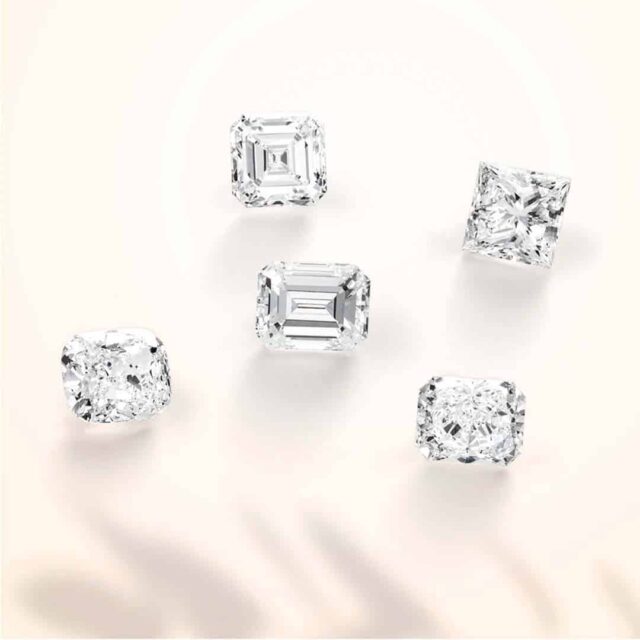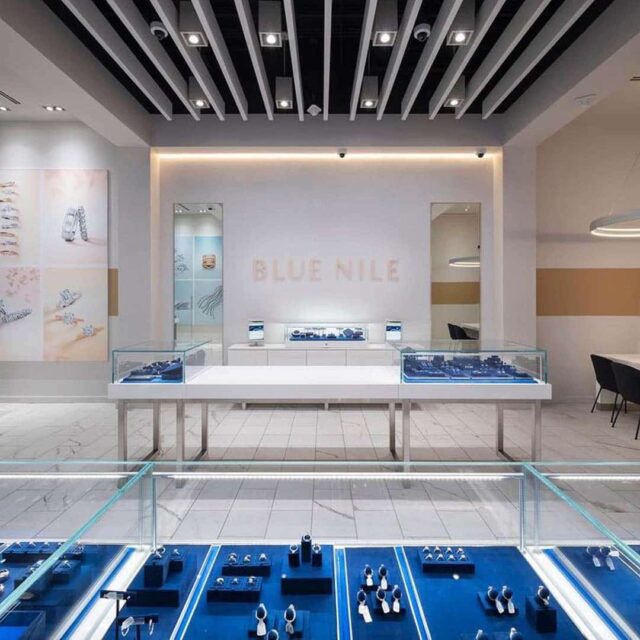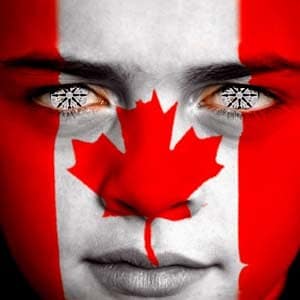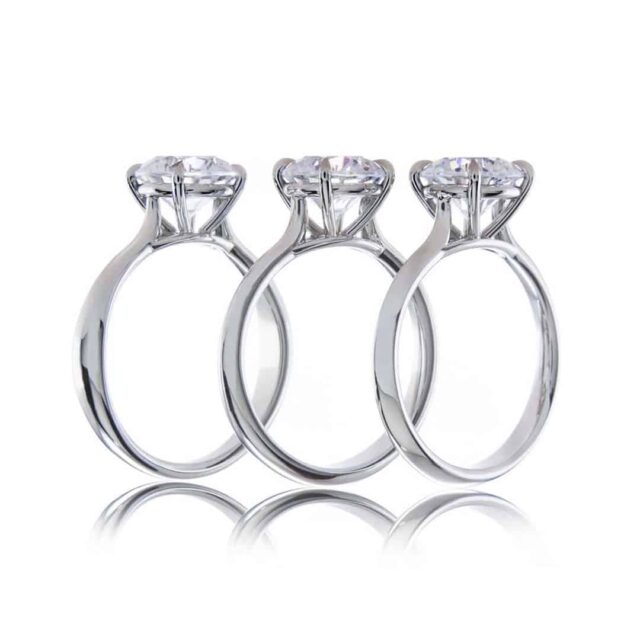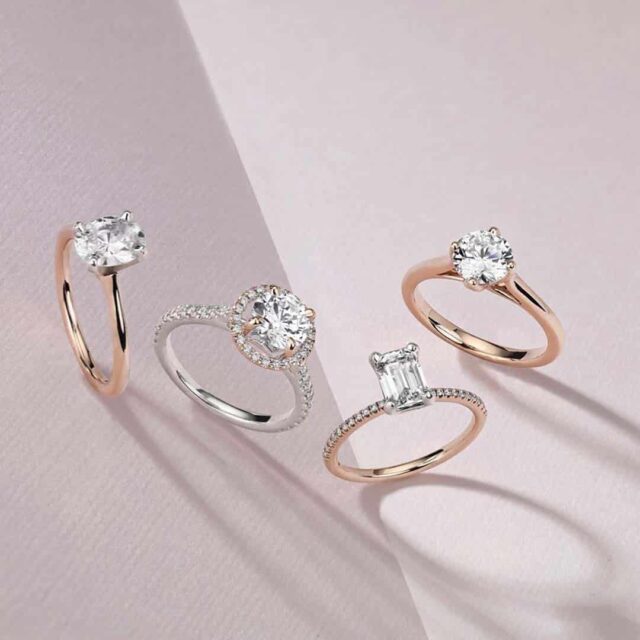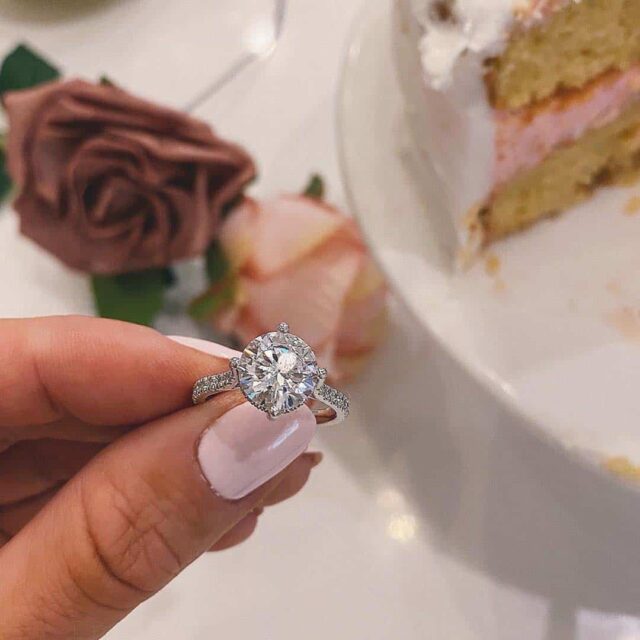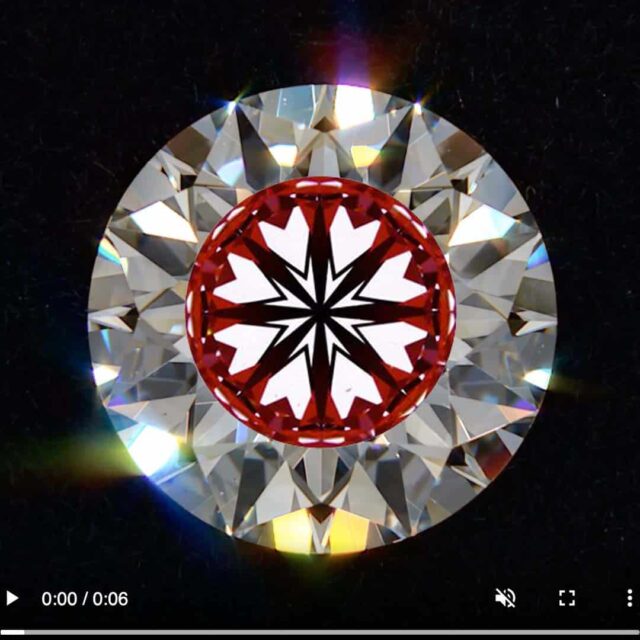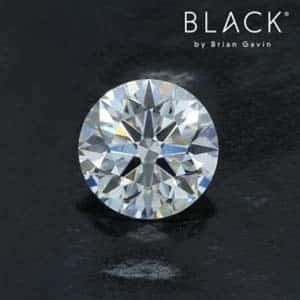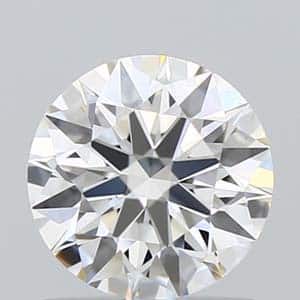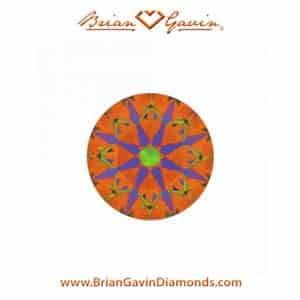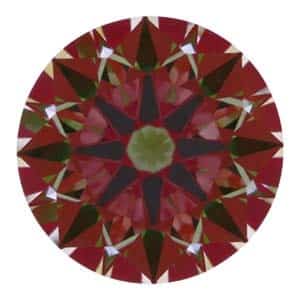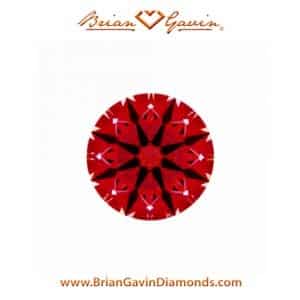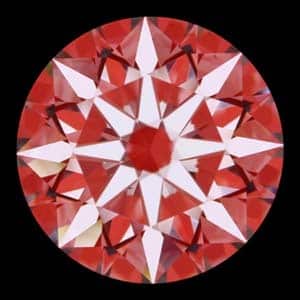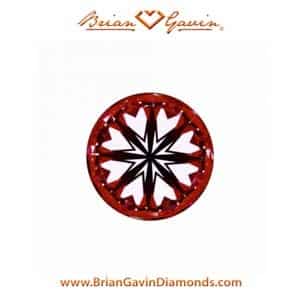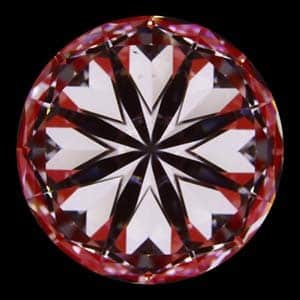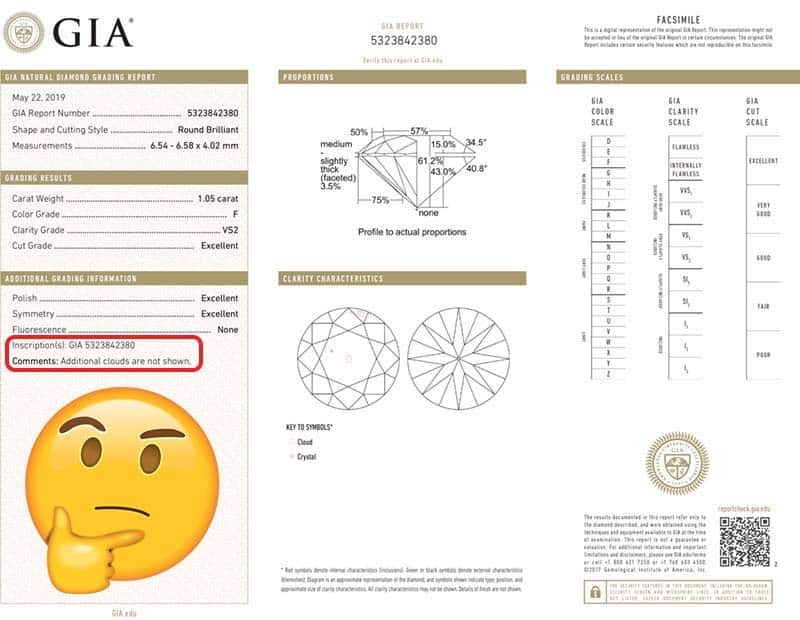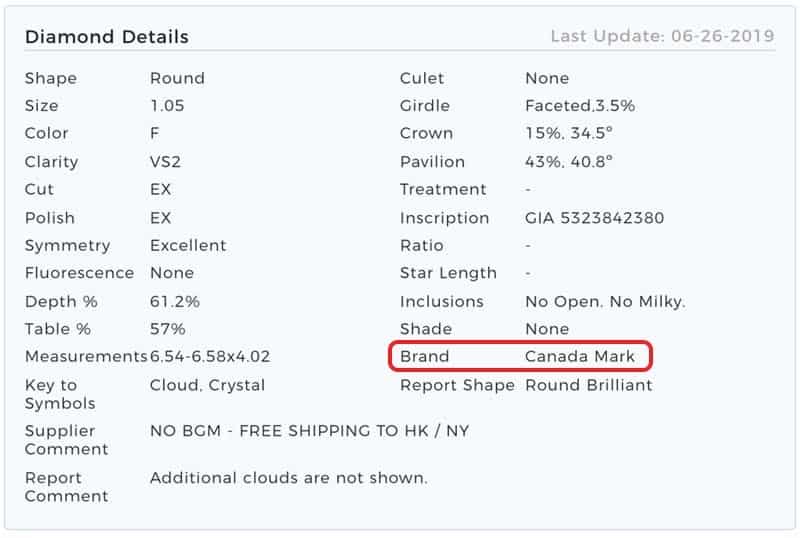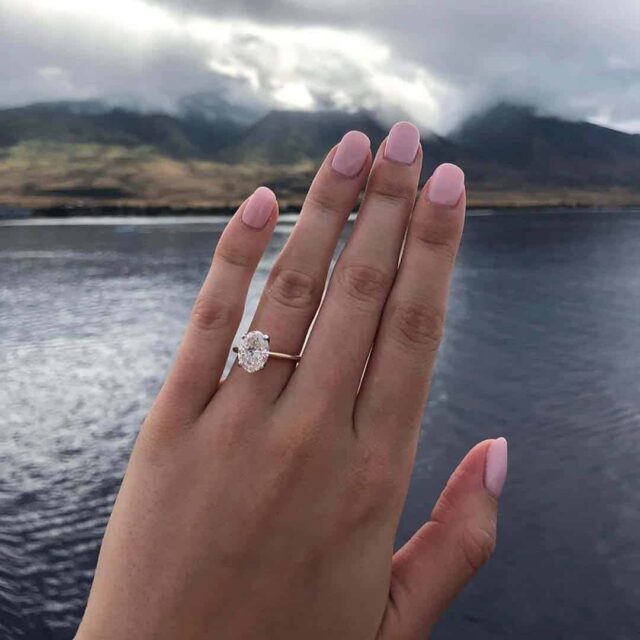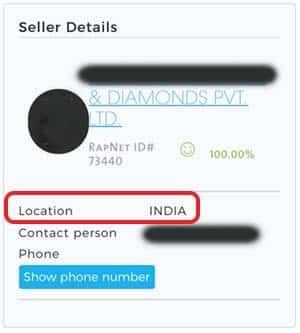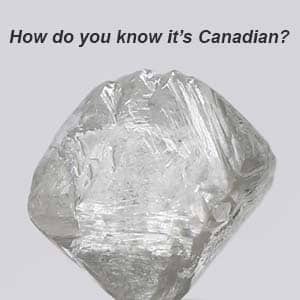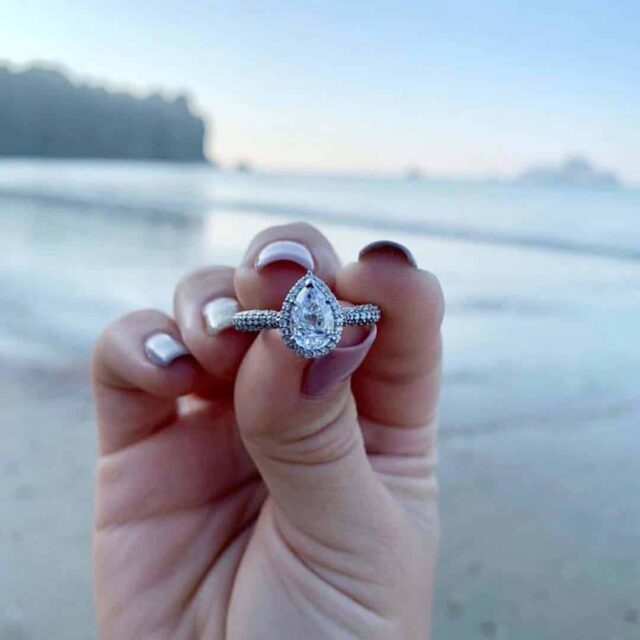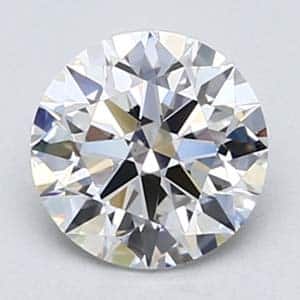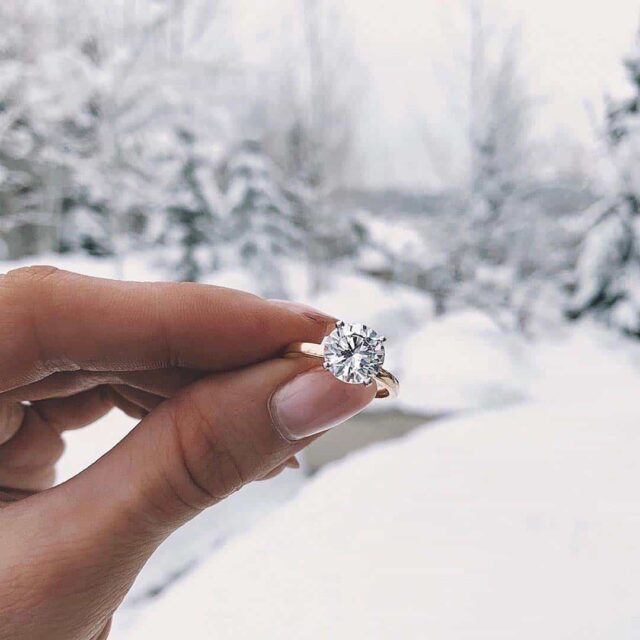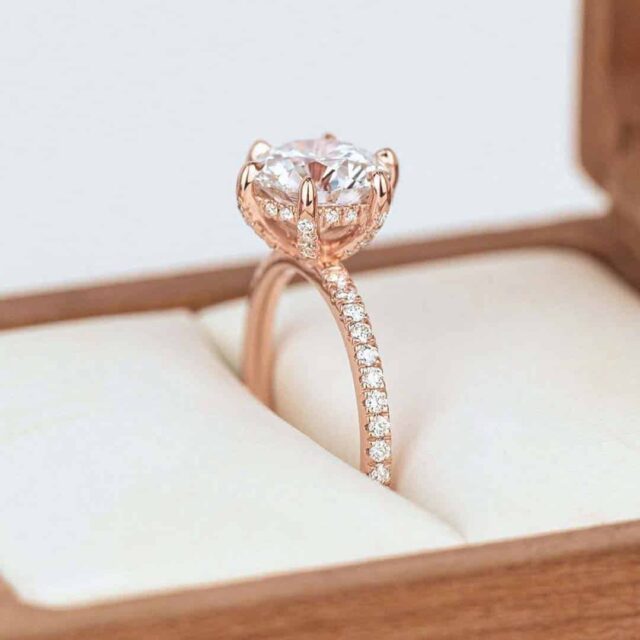Canadian Diamonds originate from diamond rough mined in the Northwest Territories of Canada. If Canadian's were polishing those diamonds, we would think it's a novel concept.
However, it seems like the vast majority of them are polished in India. That is more than likely because the labor rate is cheaper. Consequently, that dichotomy is an issue from our perspective, given the premium for Canadian diamonds.
On the one hand, you're paying a higher price for rough diamonds from the Northwest Territories. Yet, most Canadian Diamonds end up in the hands of a third-world country for polishing. Conversely, India polishes about 92% of the world's diamonds, but Antwerp is better suited for the type of production quality we focus upon.
Canadian Diamonds Cut in India:
Arguably, India is a developing nation that is fast becoming one of the largest producers of polished diamonds. However, it's also true that their production standards leave a lot of room for improvement. One of the biggest challenges cutters face in India is retaining a qualified workforce.
In other words, the diamond cutting industry in India suffers from an extremely high rate of turnover. Under those circumstances, it's practically impossible to maintain a consistent level of quality.
Those things make us question the hype about Canadian Diamonds, especially since most of them don't meet our selection criteria. Not only that, but we fail to see the implied USP as providing any benefit under those circumstances. Combine that fact with the hefty premium, and it's enough for us to cry, "O Canada!"
Where to Buy Diamonds in Canada:
You might be reading this article in hopes of discovering the best places to buy diamonds in Canada. Consequently, most internet diamond dealers ship diamonds to that country regularly.
However, Blue Nile has an advantage because they maintain a physical presence in Canada. Although that is true, it only makes it slightly more straightforward to return the diamond.
Blue Nile still has to collect the import/excise taxes and applies them during the checkout process. That is something that most people don't realize until they enter their address into the shopping carat. At which point, they will calculate the tax amount based on your location.
Now that you know the answer to those questions, you can go on Jeopardy and make Alex Trebek proud. Consequently, if you dig deep enough, there is more than one joke in that sentence.
Diamond Dealers That Ship to Canada:
For reasons we'll explain below, none of these vendors offer brand name versions of Canadian diamonds. However, it is possible to find diamonds polished from Canadian rough.
Unfortunately, it's not something you can do easily because the vendors do not list the country of origin. However, we can run a reverse search if you submit a Diamond Concierge Service request.
Common Questions About Canadian Diamonds:
Given Canada's diamond industry's controversial production standards, it's best to learn more about them before you buy. If you're looking for a uniquely Canadian diamond, knowing that most of them are polished in India will avoid disappointment.
If you are only concerned about the origin, then a diamond from Canada is as good as any other. However, you can save about 10% off the bat by expanding your search to diamonds mined in other countries.
Given that natural diamonds' origin has no impact on performance, we're more apt to spend that money on other characteristics. Such as a higher degree of optical precision because that does impact sparkle factor and light return.
In contrast, you might want a diamond from Canadian rough despite the higher price. In that event, we'll attempt to answer common questions about Canadian diamonds below.
Once you know the answer to those questions, you'll be able to go on Jeopardy and make Alex Trebek proud. Consequently, if you dig deep enough, there is more than one joke in that sentence.
Canadian Diamonds FAQ:
Where Do Canadian Diamonds Come From?
Canadian Diamonds come from Canada, eh? That might seem rather obvious, but it's worthy of mention since people ask. The seemingly obvious answer to the next question is that Canadian diamonds come from the ground.
Perhaps a more insightful question might be what country polishes most Canadian diamonds? Spoiler Alert: India.
Here might be a good time to mention that my grandmother says that I can be rather impertinent. That was before she read the History of Diamonds and the stuff I said about Canada.
Consequently, I write most of this stuff to ruffle the Canadian Geese Expats' feathers here in Mexico. It gets them good and riled up, so things are more interesting when we watch hockey!
Where Are Canadian Diamonds Mined?
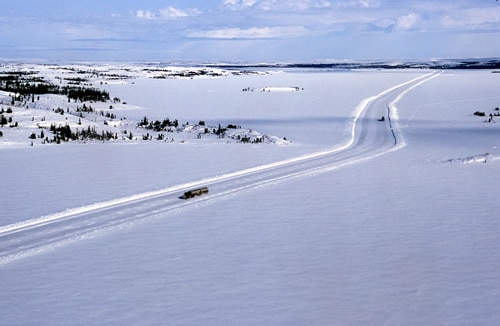
Ice Road to the Diavik Canadian Diamond Mine
Deep, Deep, Under Frozen Ground (which is also known as permafrost). This picture shows the Ice Road that leads to the Diavik Diamond Mine in Canada.
Our neighbors to the north pull about 9± million carats of Canadian diamonds out of the tundra per annum diamonds. Then, they hire those guys from Ice Road Truckers to transport the diamonds to India.
I don't know whether that last part is genuine, but it sounds good. Suffice to say that the diamonds have to get to India for polishing.
In that case, it's reasonable to assume that they might travel by truck on the ice road. Consequently, that explains the episode where the IRT's traveled to India to try their hand at driving those roads.
What Diamond Mining Companies Operate in Canada?
The Diavik and Ekati sites are the most significant diamond mining operations in Canada. Rio Tinto is the Anglo-Australian global mining group that owns the Diavik diamond mine.
They are second only to BHP Billiton, who owns the Ekati diamond mine in part with geologists Charles E. Fipke and Dr. Stewart E. Blusson. The latter are each 10% shareholders.
Both mining operations reside in the Yellowknife, Northwest Territories of Canada. Consequently, Canada is also home to numerous other diamond mining projects, including those operated by:
Are Canadian Diamonds Better than Standard Diamonds?
There is nothing to suggest that Canadian Diamonds are better than those from other countries. Consequently, the following characteristics are the only things that affect performance:
The degree of optical precision and diamond proportions will significantly affect the sparkle factor and light return. If you want to maximize light performance, please read our One Minute Diamond Buying Guide.
It's important to remember that the gemological laboratories do not account for optical precision. In other words, their grading process does not consider the consistency of facet shape, size, and alignment.
The labs only grade meet-point symmetry, which is why ASET, H&A Scope, and Ideal Scope images are essential. You can use those reflector scope images to judge light leakage and see how evenly a diamond reflects light.
Black by Brian Gavin vs. Canadamark Diamond:
As shown above, you should buy an ideal cut diamond if you want the best performance. With this in mind, the two diamonds we're going to evaluate both have ideal proportions.
In this case, both diamonds have a 40.8-degree pavilion angle that should produce a high volume of light return. They also have a 34.5-34.6 degree crown angle that should create a virtual balance of brilliance and dispersion.
Although this is true, the Black by Brian Gavin is likely to outperform the Canadamark diamond from Blue Nile. That's because the Black by BGD exhibits a higher degree of optical precision.
Consequently, it can take up to 4X longer to polish diamonds to that level of perfection. As a result, ultra-super ideals like the Black cost more because the overall cut quality affects diamond prices by up to sixty percent.
Side-by-Side Comparison:
Here are the two diamonds we're going to compare today:
- 11.045 carat, F-color, VS-2 clarity, Black by Brian Gavin Diamond.
- 21.05 carat, F-color, VS-2 clarity, GIA Excellent cut diamond from Blue Nile (supplier indicates Canadamark)
The first diamond is not Canadian, but the supplier for the second diamond indicates that it's Canadamark.
How to Evaluate Diamond Clarity Photographs:
These types of diamond clarity photographs enable us to see how evenly light is reflecting throughout the diamonds to some extent. However, it would be best not to use them for comparison purposes.
Differences in lighting conditions and imaging equipment can affect our perception of color and sparkle factors. In that case, you can use these photographs to identify the inclusions but not body color.
Use ASET to Judge Light Performance:
Notice the consistent appearance of hue and saturation under the table facet of the Black by Brian Gavin. You will also see that light reflects evenly throughout the body of the stone.
In contrast, the Blue Nile Canadamark diamond shows light leakage, as evident by the semi-transparent sections under the table facet. There is also secondary brightness (green) along the left edge of the crown facets.
In that case, we know that the Canadamark diamond is leaking light under the table facet. It is also clear that slight variations in the facet structure prevent the light from reflecting evenly.
How to use Ideal Scope to Identify Light Leakage:
We use Ideal Scope images to identify light leakage. Unlike the ASET Scope, the Ideal Scope has no other purpose. In contrast, you can use an ASET Scope to judge light leakage and see how evenly a diamond reflects light.
The Ideal Scope image for this Black by Brian Gavin Diamond indicates a high light return volume. Notice the even distribution of hue and saturation and how evenly light is reflecting throughout the diamond.
In contrast, the supplier for the Canadamark diamond does not provide an Ideal Scope image. However, the ASET Scope image above serves to identify the light leakage.
Consequently, the photograph of the arrows pattern for the Canadamark diamond is not an Ideal Scope image. That picture is typical of an H&A Scope, which does not show light leakage.
Although that may be true, it does serve to show inconsistencies in the structure of the arrows. In that case, the image serves to highlight inconsistencies in the degree of optical precision.
H&A Scope Images:
First, notice how the Black by Brian Gavin diamond hearts' pattern is more consistent than the Canadamark diamond. In that case, we know that the Black exhibits a higher degree of optical precision.
In other words, there is more consistency in the shape, size, and alignment of the facets. Consequently, we're referring to the facet alignment from the perspective of 360-degrees.
Under those circumstances, the flash from the Black by Brian Gavin diamond will be more vivid and intense. It will also exhibit more sparkle because the higher degree of optical precision creates more virtual facets within the diamond.
GIA-graded Canadamark Diamond from Blue Nile:
First, take a good look at the GIA diamond grading report for this Canadamark diamond from Blue Nile:
Then, you might ask yourself why the inscription does not reference the Canadamark brand designation. If you're going to pay a premium for a Canadamark diamond, don't you think it should bear its mark?
Under those circumstances, only the cutters' word supports the claim that this is a Canadamark diamond. Consequently, we're talking about the assertion of a diamond cutter from India, which is is the origin of many diamond-related scandals.
The Supplier Says That it's Canadamark:
Why is this Canadamark Diamond not Inscribed or Branded?
In this case, it's essential that this 1.05 carat, F-color, VS-2 clarity, GIA Excellent cut round diamond on Blue Nile is not advertised as Canadamark. Nowhere does Blue Nile claim that this is a Canadian diamond.
The only reason we know it's a Canadamark diamond is because the cutter indicates the brand. Consequently, this information appears within the details the supplier provides on RapNet. That is the multiple listing service that we use to market diamonds globally.
Under those circumstances, we must rely on the cutters' assertion that this is a Canadamark diamond. In contrast, the Black by Brian Gavin diamond features their logo and the lab report number. The Brian Gavin diamond is the better choice given, the higher degree of performance and peace of mind.
Where are Canadian Diamonds Cut?
You might expect companies to polish diamonds in Canada since they're promoting Canadian diamonds. As that may be, many manufacturers purchase rough diamonds from the Rio Tinto and Aber pipelines.
They might also purchase diamond rough from the DeBeers Diamond Trading Company, also known as the DTC. Most companies buying diamonds from Canada export the material to India, Israel, Belgium, or China.
After all, it's less expensive to polish diamonds in those countries due to the workforce's lower cost. Upon completion, they hope to sell their products globally to a multitude of jewelers and online dealers.
Of course, there is nothing wrong with that since the global economy benefits everybody who participates. At the same time, there is an implied promise in statements like Made in America and Canadian Diamonds.
Under those circumstances, it might surprise you to discover that the supplier for this Canadamark Diamond resides in India. Of course, you might not care about paying 10% more for Canadian diamonds from India.
Rough Diamonds from Canada:
Here is a picture of the rough for this 1.05 carat, F-color, VS-2 clarity, GIA Excellent cut diamond from Blue Nile. Seeing that it looks like any other rough diamond, we can't justify paying a higher price for the origin.
After all, how do you know that this is a rough diamond from Canada? Seeing that there's not a Canadian flag flapping in the breeze or an inscription of a maple leaf, there is no indication it's from Canada.
So, how do you know that this diamond rough is Canadian? As a matter of fact, in the same way, they track the origin of diamonds from other countries. The barcode sticker on the outside of the parcel paper identifies the country of origin.
Consequently, that procedure complies with the Kimberley Diamond Act of 2003. Given this enlightening news, you might be wondering, Where's the Beef? Because it certainly seems like there isn't much difference between Canadian diamonds and those from other countries.
What Makes Canadian Diamonds Special?
First, proponents of Canadian Diamonds assure us that the rough travels in sealed parcels. In that case, each plastic baggie features a barcode that references the mine of origin.
The label also states the diamonds' characteristics, such as the weight of the rough crystal. Big flippin' whoop! Isn't that the same way that other rough diamonds move across borders under the Kimberley Act?
In that case, it seems like the only difference is that they pull Canadian diamonds out of the tundra. As that may be, I don't see how they're any different than other diamonds. In that case, I certainly wouldn't recommend paying a premium for them.
Unless you're Canadian and want a diamond cut from material yanked out of your home turf, I just don't get it.
Why Are Canadian Diamonds More Expensive?
Given what you know now, you might wonder why Canadian diamonds are more expensive. After all, the Blue Nile Canadamark diamond was polished in India, not Canada.
If they're outsourcing diamond-cutting jobs to India, it's probably due to cheap labor costs. But then why is this 1.04 carat, F-color, VS-2 clarity, GIA Excellent cut round diamond from Blue Nile less expensive if it's from the same supplier?
It's logical to think that the prices should be similar since the two diamonds' characteristics are comparable. However, the Canadamark diamond price is considerably higher even though the Canadian origin is not designated.
Canadian Diamonds In the Rough:
The same supplier also provides a picture of the rough for this 1.04 carat, F-color, VS-2 clarity, GIA Excellent cut round diamond from Blue Nile. This diamond also has the proportions I recommend in the same fashion as the Brian Gavin and Canadamark diamonds.
Consequently, India's same diamond cutter is the source for the 1.04 and 1.05 carat Blue Nile Canadamark Diamonds. The inscription on the girdle edge reflects the GIA report number, but there is no brand designation.
In that case, you might be wondering how much better is the Black by Brian Gavin? After all, both the standard GIA Excellent and Canadamark diamonds from Blue Nile have proportions within the ideal range.
Let Me Ask You A Question With That In Mind:
Does a Porsche GT3 RS offer superior performance over a standard 911 non-turbo? Similarly, the Black by Brian Gavin Hearts & Arrows diamond will perform better because of the higher degree of optical precision.
You'll see a higher volume of light return and sparkle factor that is more vivid and intense in that event. Of course, it takes more time and effort to polish diamonds to that level of precision.
That is to say that it takes 4X longer and results in significantly more rough material loss. Under those circumstances, ultra-super ideal cut diamonds cost more than standard production. However, you also benefit from a higher level of performance.
Hey, look at that.
The latest Porsche 911 GT3 RS is now available in Brian Gavin Orange. The adage that time is money, and you get what you pay for applies to diamonds like anything else. In that case, it must be a sign.
Canadamark Diamond vs. GIA Excellent Diamond Prices:
GIA Excellent
Standard Ideal Cut Diamond
$
7,228.38
/PC
Black by Brian Gavin
Ultra Super Ideal H&A
$
9,452.63
/PC
Canadamark
Standard Ideal Cut Diamond
$
7,429.71
/PC
Conversely, I don't mind if you're looking at those prices and wondering whether the Black is worth the premium price. After all, the price per carat is higher for the same carat weight, color, and clarity.
In case you've forgotten, there is also a clear difference in performance. Scroll back up the page and take another look at the difference between the ASET, H&A Scope, and Ideal Scope images. Then decide whether or not you are willing to pay a higher price for performance.
Where Can I Buy Canadian Diamonds?
Once upon a time, you could buy Canadian Diamonds online here:
James Allen formerly held the exclusive rights to represent Canadamark diamonds online. However, none of those places appear to offer that specific classification at this time.
Although that may be true, that doesn't mean that they don't sell Canadian diamonds. But rather that they don't sell them under the brand designation.
In that case, I can search the MLS for Canadian diamonds. Then, we can trace them back to whoever has the right to sell them online. Our free Diamond Concierge Service can also evaluate the diamond details for any others you are considering.

